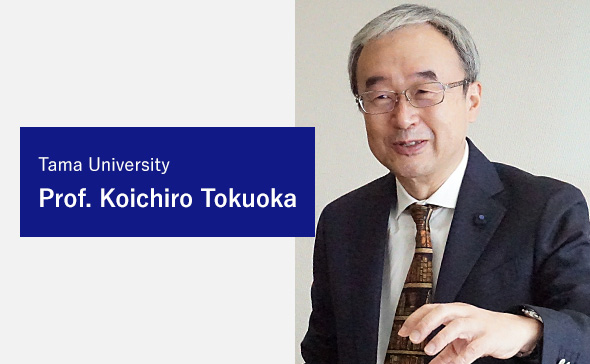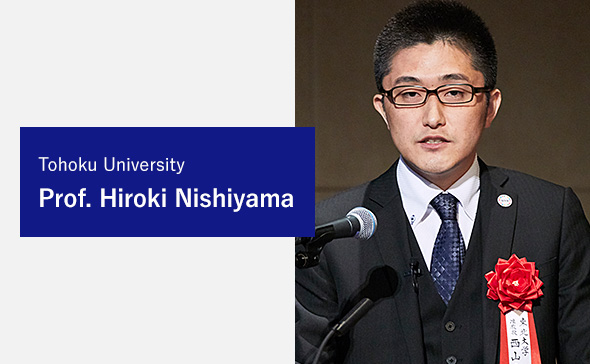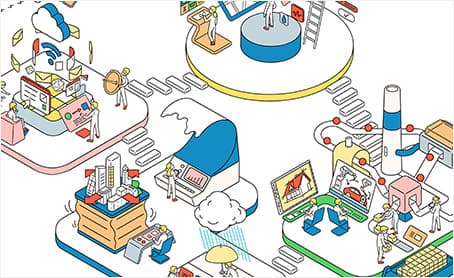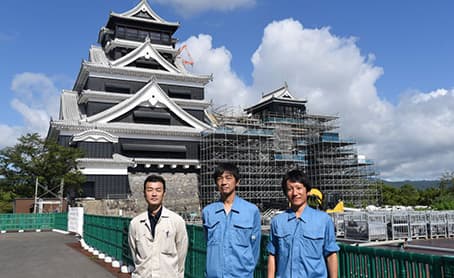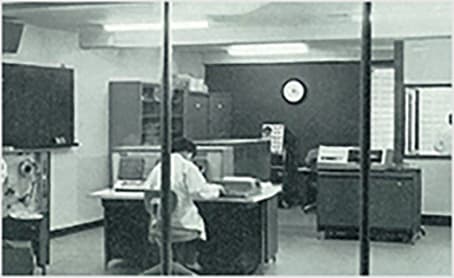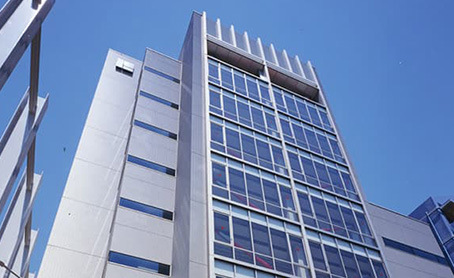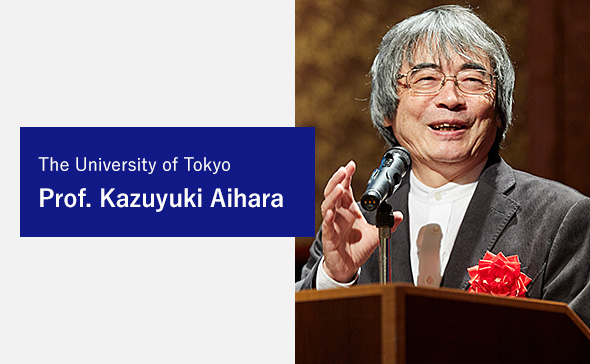
Industry-Academia Cooperation
Working Toward Sustainable Built Environment
In April 2020, KKE has launched Social Cooperation Program, "Cyber-Physical Architecture for the Sustainable Built Environment," with Institute of Industrial Science, the University of Tokyo, and is currently collaborating with Professor Tomonari Yashiro. In this article, we interviewed Professor Yashiro about his initiatives for the Sustainable Built Environment.
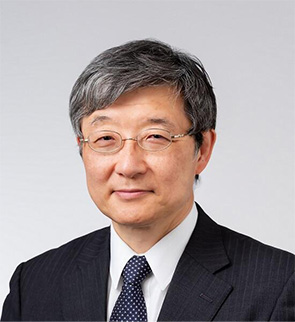
- Tomonari Yashiro
-
Graduated from Department of Architecture, the Graduate School of Engineering at the University of Tokyo in 1985 with a Ph.D. in Architecture. Worked as a researcher at the Building Research Institute of the Ministry of Construction, an assistant professor at the Department of Architecture at Musashi Institute of Technology, and an assistant professor at the University of Tokyo's Graduate School of Engineering before assuming his current position in 2011. During his career, he has served as Director of the Institute of Industrial Science at the University of Tokyo (2009-2012) and Vice President of the University of Tokyo (2013-2015).
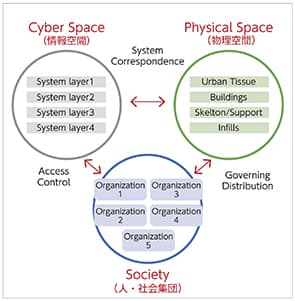
Cyber-Physical System
I am advocating a "cyber-physical system" that brings "richness and fullness, benefit, amenity, and welfare (*)" to people by linking the three realms of Cyber (information) space, Physical space, and "Human and Social Groups" in a built environment. An underlying mechanism that relates the three realms is essential for the seamless functioning of the system. I will call it "architecture."
(*)A phrase proposed by Prof. Yashiro for “spiritual, physical, economical fullness (richness and fullness), convenience for people and society (benefit), spiritual, physical, economical enrichment (amenity), and happiness (welfare).”
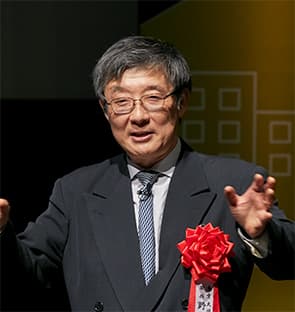
Four Principles that Architecture Should Achieve
In my view, there are four principles that should be achieved in the architecture of cyber-physical systems. The first is "fairness of benefits." I believe it is not optimal for platform operators, servicers, and data collectors to all be the same player in Japan. I also think that freedom of participation or non-participation is important as Principle 2. Principle 3 is the guarantee of conscious choice, because some people would prefer to take it easy without any involvement with IoT. Principle 4 is the ease of data linkage necessary for creation. In order to create value that turns one plus one into three or four, interoperability is required.
Here are a few examples of Interoperability: KKE's Wi-Fi smart lock named RemoteLOCK, which can be linked to gas water heaters and electric windows. This allows you to turn off the gas stove or open and close the window as you open and close the front door. I am also developing a system to turn off a gas stove before an earthquake occurs by linking it to the Earthquake Early Warnings data, as well as a system to operate a reclining bed by voice control from a smart speaker. By enhancing interoperability and linking multiple devices and data, the possibilities for creating new value will increase.
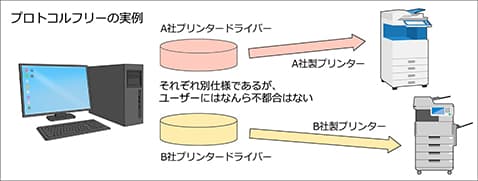
Neutral Platform for Connectivity
A platform in which manufacturers try to retain users is unlikely to benefit users and will not lead to further dissemination. Nevertheless, having to translate the protocol every time a device is connected is also a hassle. This is where the relation between computers and printers can be helpful. No matter what manufacturer the printer is from or what operating system is used, you can print regardless of what it is running, because so long as you install the printer driver on your computer, you can connect it.
The platform I am proposing is called "IoT-HUB," which uses a combination of Web APIs and drivers for connectivity. As long as device manufacturers create the drivers, they can connect to external applications.
When applications for devices from different manufacturers start to run within the same space, there may be issues that need to be addressed, such as the possibility of improper commands issued for the "situation." In an experiment conducted at a convenience store, a strange phenomenon occurred: the malfunctioning of air conditioner in summer. We found out that the sensors on the semi-open refrigerator recognized the entire store as a refrigerator and operated at full capacity, resulting in a drop in temperature inside the store that interfered with the air conditioner. It was revealed that the logic for optimizing the entire store by capturing the "context of the place" has failed to work. From this, we learned the importance of recognizing the situation and realizing the optimal combination of instructions.
Once the interconnection environment is established in a platform that can be connected on a neutral basis, it will be more accessible for many companies trying to enter the market. We believe that building an open and fair system is crucial for the widespread use of loT in the housing and construction sectors.
Establishment of Social Cooperation Programs
The Social Cooperation Programs are a system whereby the University of Tokyo and private institutions establish a research division within the University of Tokyo aiming to jointly conduct research on common issues of high public interest. KKE is participating in the Social Cooperation Program "Cyber-Physical Architecture for the Sustainable Built Environment" which started in April 2020 with the following objectives:
1. To envision an architecture that integrates cyberspace and physical space through an interdisciplinary approach, and to create the academic principles that contribute to its construction; and
2.To contribute to the realization of a sustainable built environment by developing applied research that utilizes architecture and creating comprehensive services in architecture and urbanism.
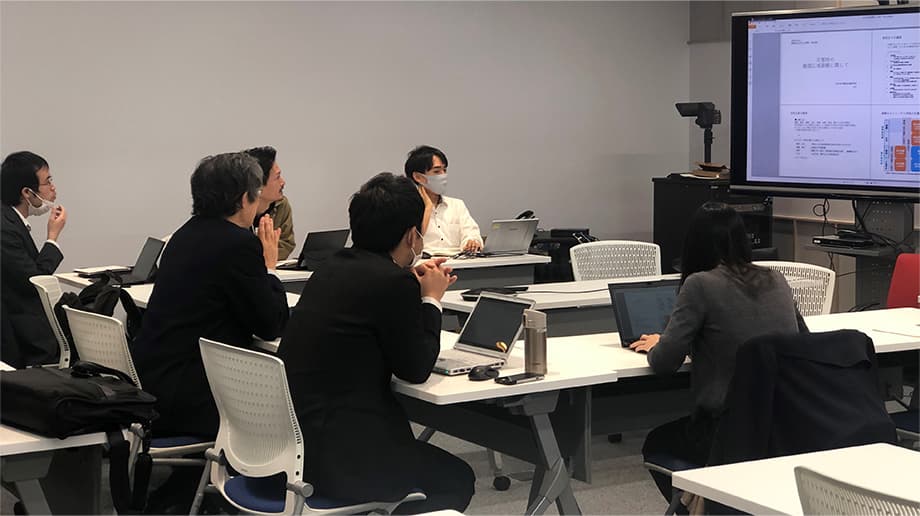
Four of our staff members are currently participating in the Social Cooperation Program, and are conducting joint research with Prof. Yashiro. Through this initiative, we will contribute to the development of a sustainable built environment.



